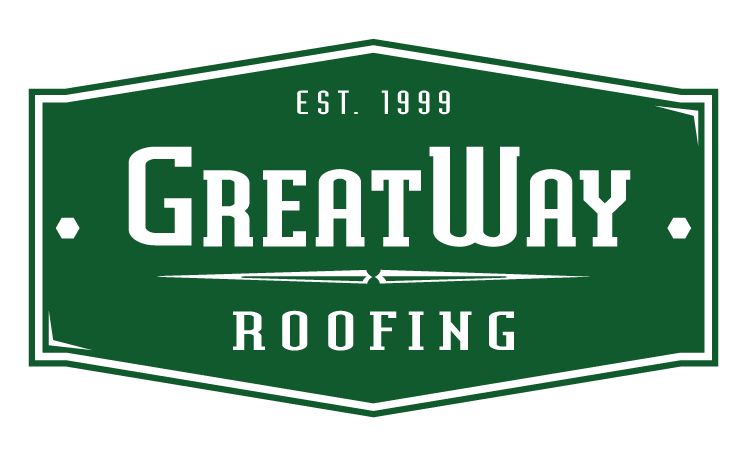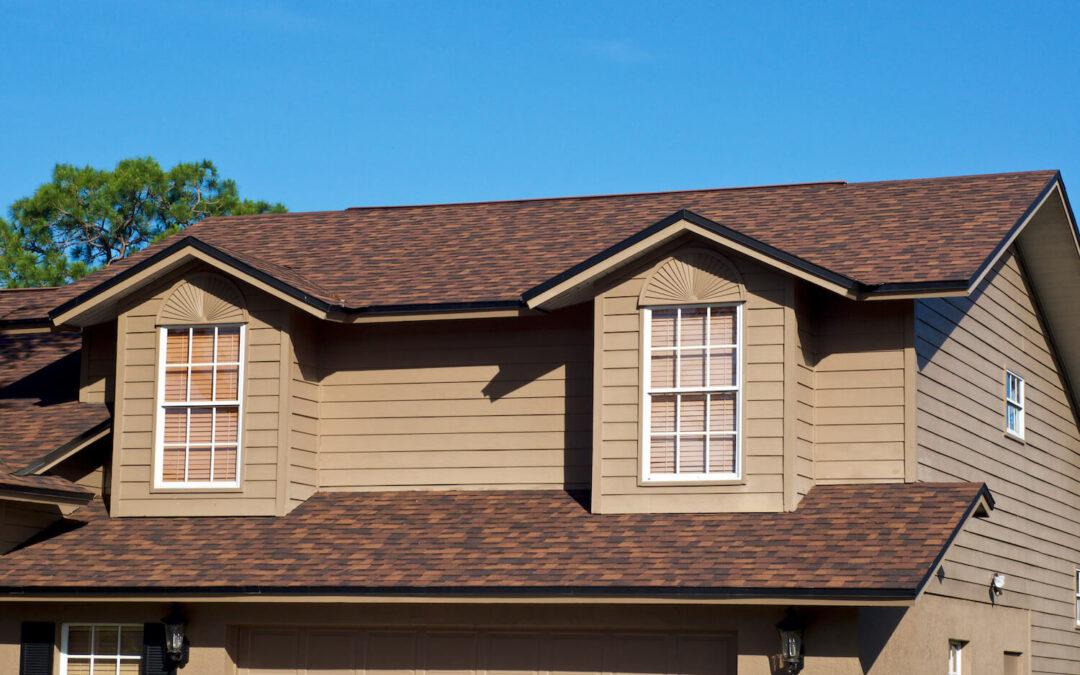Your home’s roof is a silent guardian, shielding you and your loved ones from the elements. However, like any other part of your house, it is not immune to wear and tear. Roof repairs are an inevitable part of homeownership, and understanding the critical aspects of this process is crucial for maintaining the integrity of your home.
In this comprehensive guide, we will delve into the essential considerations every homeowner should be aware of when it comes to roof repairs.
Early Detection: The Key to Cost-Effective Repairs
One of the cardinal rules of roof maintenance is early detection of issues. Regular inspections, preferably every two to five years, depending on the roof’s age, can help identify potential problems before they escalate. Look out for missing or damaged shingles or tiles, signs of water damage, sagging areas, and the presence of moss or algae. Promptly addressing these issues can prevent further damage to your roof and your home’s interior.
Types of Roofing Materials and Their Repairs
Roofs come in various materials, each with unique characteristics and damage repair needs. Understanding the specifics of your roofing material is vital for effective project repairs.
- Asphalt Shingles: The most common roofing material, asphalt shingles, can suffer from curling, cracking, or missing shingles. Individual shingle replacement is a straightforward repair in this case.
- Concrete Tile: Tile roofs are durable and known for their longevity, but cracked or slipped tiles are common issues. Regular inspection and prompt repair of these issues can extend the life of your tile roof.
- Wood Shake Roofing: Wooden roofs, although less common in Southern California today, can rot or warp due to exposure to moisture. Regular sealing and staining can help prevent such issues, and damaged shakes should be replaced promptly.
- Flat Roofing: Flat roofs are prone to pooling water, leading to leaks. Regular cleaning of debris and ensuring proper drainage are crucial for maintaining flat roofs.
DIY vs. Professional Repairs: Knowing Your Limits
While some minor repairs can be tackled as DIY projects, knowing when to call in the professionals is essential. Small tasks like replacing a small section of shingles or applying a patch may be within the capabilities of a handy homeowner. However, more extensive issues, such as widespread leaks, structural damage, or large-scale shingle or tile replacement, are best left to experienced roofing professionals. Attempting complex repairs without the necessary expertise can lead to more significant problems and even compromise your safety.
Understanding the Roof Repair Cost Factors
The cost of roof repairs can vary widely depending on several factors. Understanding these factors can help homeowners budget effectively and make informed decisions.
The extent of Damage
The severity and extent of the damage are primary factors influencing repair costs. A few missing shingles or tiles may be a relatively minor expense, while widespread water damage or structural issues can be significantly more expensive.
Roofing Material
Different roofing materials come with varying costs for both materials and labor. Woodshake or tile roofs may require specialized skills, making repairs more expensive than asphalt shingle roofs.
Accessibility
The accessibility of your roof can impact repair costs. Steep or high roofs may require additional safety measures and equipment, contributing to higher expenses.
Permit Requirements
In some cases, local building codes may require permits for roof repairs. Obtaining these permits can add to the overall cost of the project.
The Importance of Timely Repairs
Procrastination is the enemy when it comes to roof repairs. A small leak or a few missing shingles or tiles might seem like minor issues, but neglecting them can lead to more significant problems over time. Water damage, mold growth, and compromised structural integrity are potential consequences of delaying necessary repairs. Timely intervention prevents escalation of the issue and saves homeowners from more extensive and costly repairs down the road.
Roof Maintenance Tips for Prolonging the Lifespan
Preventive maintenance is a homeowner’s best friend when it comes to preserving the lifespan of their roof. Incorporate these tips into your routine to keep your roof in optimal condition:
Regular Inspections
Conduct thorough inspections every two to five years, depending on your roof’s age, and perhaps more frequently, especially after severe weather events. Look for signs of damage or wear and address them promptly.
Gutter Maintenance
Clean your gutters regularly to prevent water buildup on the roof. Clogged gutters can lead to water damage and compromise the effectiveness of your roofing system.
Tree Trimming
Trim overhanging branches to prevent them from rubbing against the roof during storms. Falling branches can cause significant damage to the roof.
Moss and Algae Removal
Keep your roof free from moss and algae, as they can retain moisture and lead to decay. Use appropriate cleaning solutions or hire professionals for moss removal.
Professional Inspections
Periodically schedule professional inspections to assess the overall condition of your roof. Roofing experts can identify potential issues that may not be apparent to the untrained eye.
Insurance Considerations for Roof Repairs
Understanding your homeowner’s insurance policy is crucial when it comes to covering the costs of roof repairs. While insurance typically covers damage caused by unexpected events like storms or fallen trees, it may not cover issues resulting from lack of maintenance or wear and tear. Familiarize yourself with your policy’s terms, and if in doubt, consult your insurance provider to clarify coverage specifics.
Roof Replacement vs. Repairs: When Is It Time?
In some cases, repairs may not be sufficient, and a complete roof replacement becomes necessary. Understanding the signs that indicate it’s time for a replacement is crucial to maintaining the overall integrity of your home.
- Age of the Roof: The average lifespan of a roof varies by material. Asphalt shingle and concrete tile roofs typically last 20-30 years. If your roof is approaching the end of its expected lifespan, consider a replacement.
- Frequent Repairs: If you repeatedly address the same issues or face multiple repair needs, investing in a new roof may be more cost-effective.
- Structural Issues: Extensive structural damage, such as sagging or widespread leaks, may indicate the need for a new roof rather than repairs.
- Energy Efficiency: Modern roofing materials often offer improved energy efficiency. If you want to enhance your home’s energy performance, a roof replacement may be worthwhile.
- Aesthetics: If your roof’s appearance is significantly compromised, a replacement can improve your home’s curb appeal and overall value.
Choosing the Right Roofing Contractor
Selecting the right roofing contractor is a critical step in ensuring quality repairs. Consider the following factors when choosing a professional to work on your roof:
Experience
Look for contractors with a proven track record and extensive experience in roof repairs. An experienced contractor is more likely to diagnose issues and provide effective solutions accurately.
Licenses and Insurance
Verify that the contractor is licensed and insured. This ensures that you are working with a legitimate and responsible professional. Insurance protects you and the contractor in case of accidents or damages during the repair process.
References
Ask for references from past clients and check online reviews to gauge the contractor’s reputation. Positive feedback and satisfied customers are indicators of a reliable and trustworthy contractor.
Detailed Estimates
Obtain detailed written estimates from multiple contractors. This allows you to compare costs, understand the scope of the work, and avoid potential hidden fees.
Environmental Considerations in Roof Repairs
As environmental awareness grows, homeowners increasingly seek sustainable and eco-friendly solutions. When it comes to roof repairs, consider the following environmentally friendly practices:
- Recycled Materials: Some roofing materials, such as metal and asphalt shingles, can be manufactured using recycled materials. Choosing these options supports sustainability efforts.
- Energy-Efficient Solutions: Opt for energy-efficient roofing materials that can contribute to reduced energy consumption in your home.
- Proper Disposal: Ensure that old roofing materials are disposed of responsibly. Recycling or reusing materials when possible minimizes the environmental impact of roof repairs.
- Green Roofing: Explore the possibility of installing a green roof, which involves growing vegetation on your roof. Green roofs offer insulation benefits and contribute to biodiversity.
Conclusion: Navigating the Roof Repair Journey
In concluding the exploration of roof repairs, it becomes evident that this journey is a nuanced tapestry of responsibilities and decisions for homeowners. Early detection is crucial for preventing issues from escalating, transforming regular inspections into proactive rituals, and forging a partnership with one’s home. From understanding roofing materials to navigating the delicate balance between DIY efforts and professional interventions, homeowners must weave a strategic narrative that aligns with the unique needs of their dwelling.
Financial considerations, timely repairs, and environmental consciousness add complexity to this narrative. The roof, evolving beyond a mere structure, becomes a canvas where dedication to maintenance, informed decision-making and environmental stewardship paint a picture of resilience. In the grand finale, homeowners emerge as orchestrators of their home’s destiny, confidently navigating the roof repair journey—a voyage filled with wisdom, assurance, and a commitment to a safe, enduring haven for generations to come.

